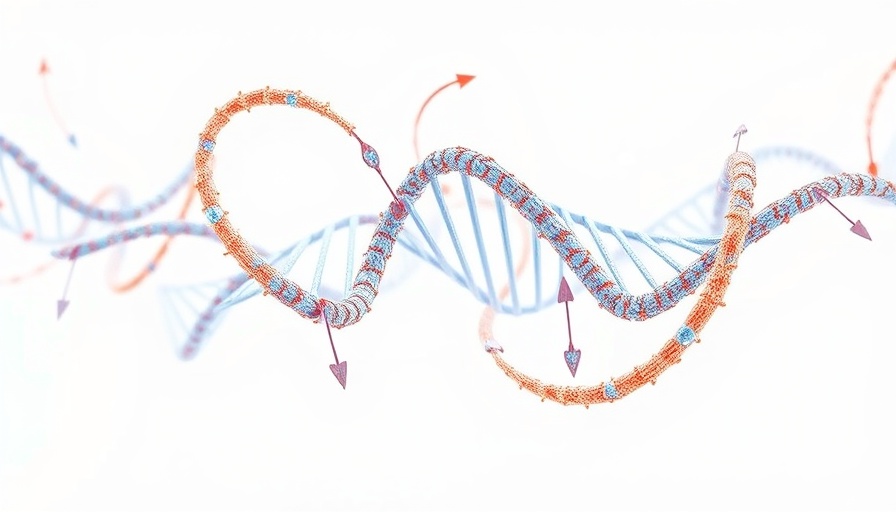
The Fascinating Relationship Between 3D Structures and Gene Activity
Imagine a space where your DNA is not just a linear sequence of letters, but a three-dimensional structure that can influence how your genes express themselves. Recent research has unveiled that the three-dimensional organization of genetic material plays a crucial role in regulating gene activity. This is not only revolutionary for biology but also holds promising implications for biotechnology and personalized medicine.
Understanding the DNA Blueprint
At the core of understanding gene activity is the shape of DNA. Unlike the classic image of a DNA double helix, scientists now realize that DNA doesn’t just float around in straight lines. It folds and bends into a complex 3D structure influenced by various factors, including protein interactions and environmental conditions. These shapes create regions of high and low accessibility for the gene, essentially turning the gene's activity on or off.
Recent Advances in 3D Genome Mapping
Technological advancements in genomics are allowing researchers to visualize these intricate structures. This is where techniques like Hi-C sequencing come into play. By using this cutting-edge method, researchers can capture the interactions between different parts of the genome. It's like taking a snapshot of a bustling city, where each building represents a different gene, showcasing how they interact with one another to shape biological outcomes.
Beyond Basics: The Biotech Applications
Understanding the 3D organization of genes paves the way for significant breakthroughs in biotechnology. For instance, if we can pinpoint how certain structures lead to diseases, we can develop targeted therapies that address these specific interactions. Imagine treatments tailored not just to general genetic markers but personalized to the structural configuration of a patient's DNA. This could revolutionize the way we approach illnesses like cancer and genetic disorders.
Practical Implications for Health and Medicine
For individuals, this research highlights the importance of a healthy lifestyle, which can influence gene expression. Factors like diet, exercise, and stress management can subtly alter our genetic activity. As we gain insights into how our environment interacts with our genes, we can make informed choices that empower us to embrace healthier living.
Conclusion: The Journey Forward
The unfolding story of how 3D structures shape gene activity is just beginning. As we delve deeper into this field, we can expect new technologies to emerge that will not only enhance our understanding of genetics but also offer innovative solutions for health-related challenges. Keeping an eye on these advancements can inspire us all to stay proactive about our health and well-being.
 Add Row
Add Row  Add
Add 




 Add Row
Add Row  Add
Add 

Write A Comment